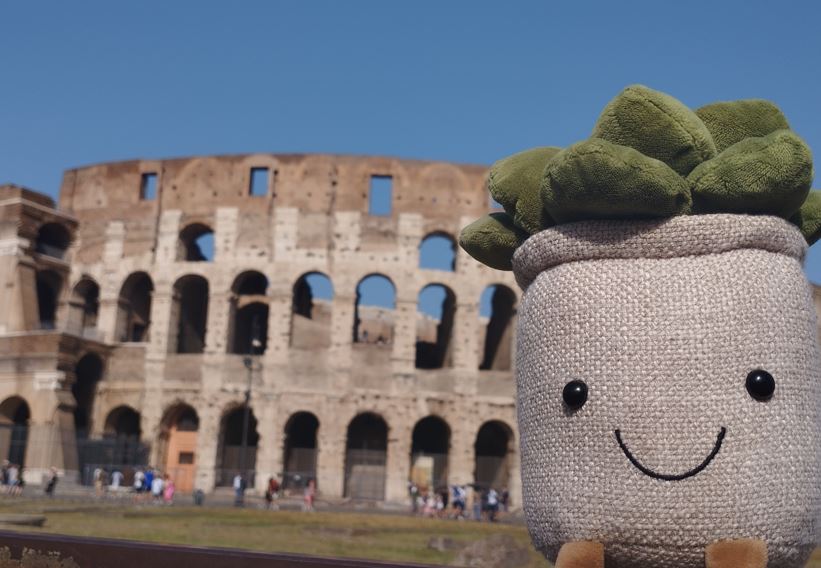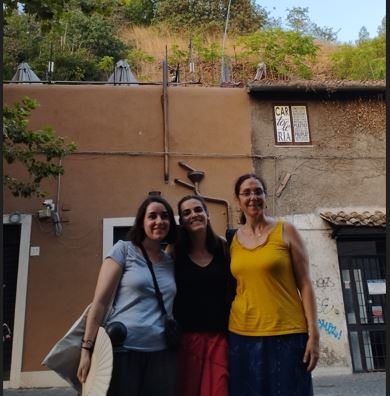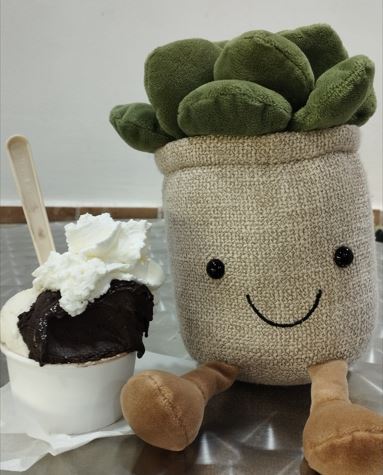All scientific paths led to Rome this summer
Every four years there is a major event that brings together researchers studying the Quaternary from many different approaches: the INQUA. This is a great conference where hundreds of scientists coming from all over the world share their knowledge and foresight on Quaternary palaeoecology, geology, archaeology and many other fields. During one week we share studies about the past with the sight with an eye on the future, trying to make a change in the present. It was a whole week full of the best science, lots of things to learn and new friends to work with. A part of the MeSCAL Team was there, at the 21st INQUA conference held in Rome, Italy, from July 13th to 20th.

We arrived in Rome ready to share our amazing project with the scientific community and to get new ideas and inspiration from others. We were not disappointed at all. In session 143 “Environmental responses to climatic and human impacts in endangered biodiversity hotspots: past and present for future”, we presented how Late Quaternary climate and human practices have affected vegetation and fire dynamics on Santa Catalina Island, Southern California. Afterward we introduced the first palynological and charcoal results from the marine core we are studying in the Santa Barbara Basin, showing how the landscape of Southern California has been shaped through time by anthropogenic and natural dynamics, and the role of fire as a vegetation management tool in this transformation. After the talks, we had an enriching discussion, and we kept discussing interesting points of view in the corridors, such as the benefit of sharing time with talented scientists.

These talks preceded the poster session, where we introduced the MeSCAL project to the wider Quaternary scientific community. We presented our main research goals, the study areas in Southern California and the location of the coring sites, as well as the different proxies and approaches we are using. Furthermore, we shared the chronological frames obtained in the different sequences and the progress of the pollen and diatom analyses being conducted in three of the selected study sites. We also showed the first results of paleofire reconstruction being performed in the Kendall Frost Preserve, San Diego.
Once the job was done, we had time to meet old friends, and spend time with new ones, “un-digitalizing” people we meet on social media or those names we always associate with amazing papers… And there was time to enjoy Rome itself: the Colosseum and the Roman Forum were as much a part of our trip as good coffee, delicious pasta recipes and the unforgettable gelato. And a guilty pleasure: the Mount Testaccio, made up of millions of broken oil amphorae imported to Rome from the long-distance imperial market, mainly from southern Spain, and northern Africa.



After a week of hard work under the Roman heat we can say that we came back home inspired, with new friends and lots of ideas to keep making science at its bests, supported by our colleagues, and looking forward to sharing new MeSCAL adventures at the next INQUA.
